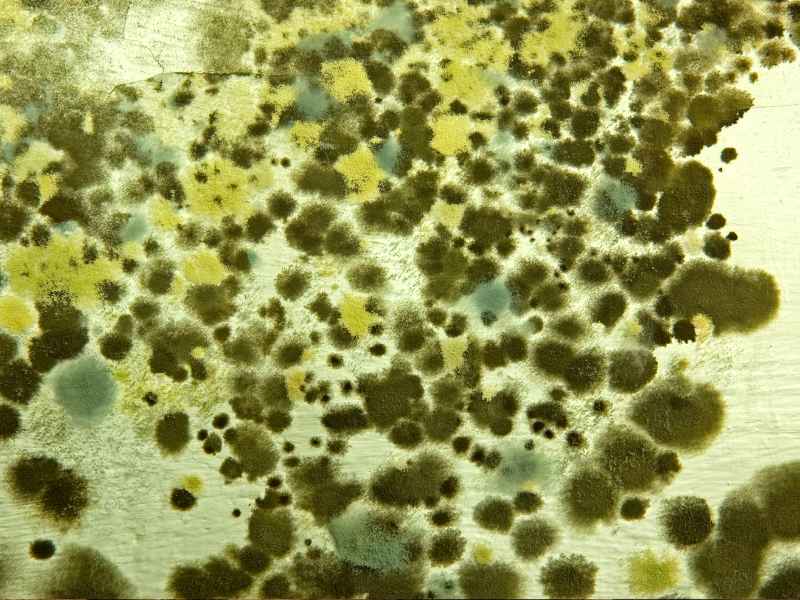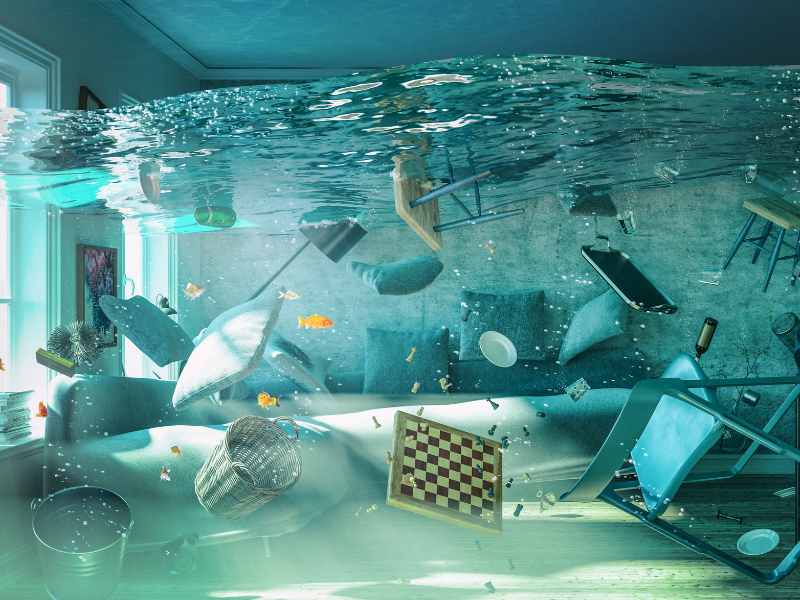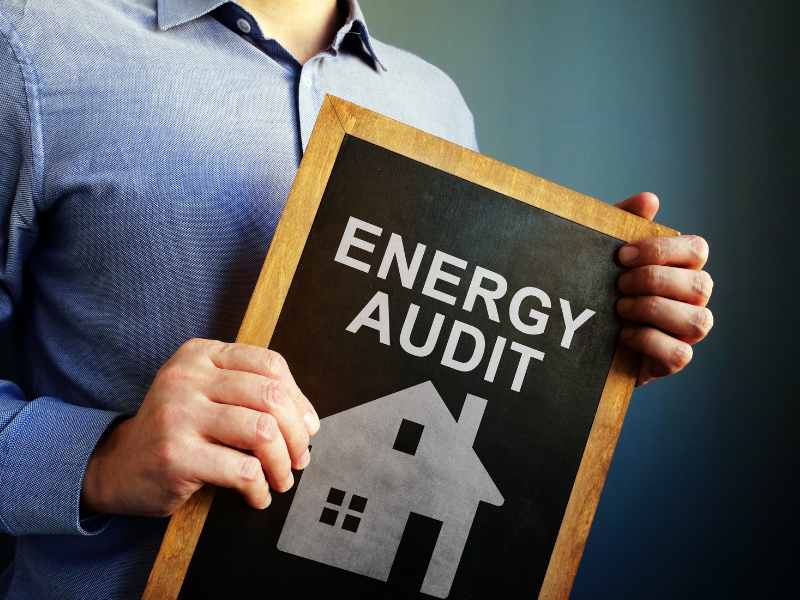Mold Testing Near me. It provides peace of mind.
Mold is not just black mold; it can’t always be seen or smelled. Mold is becoming a problem due to energy-efficient homes with limited ventilation and the use of particle board instead of natural materials, which creates a toxic environment.
Mold, which can’t always be seen or smelled, is a significant issue similar to asbestos. Energy-efficient homes with limited ventilation have led to more condensation complaints. Using particle board instead of natural materials has provided an ideal environment for mold growth. These factors combine to create a dangerous situation.
Often unseen and odorless, mold is a growing concern similar to asbestos. Energy-efficient homes with limited ventilation and the use of particle boards have led to an increase in condensation issues and mold growth, creating a potential health hazard.
Mold is not only Black mold; you can’t always see or smell it. I’m talking about MOLD, which many call the next asbestos. So, given that fungi are nature’s greatest decomposers and have been around well before us. Why is mold such a problem now? Energy-efficient homes are like plastic bags (air and water-tight) with compromised passive ventilation.
Consequently, there has been a considerable increase in complaints to the Building Commission about condensation issues. In addition, we stopped using natural building materials like hardwood timbers that naturally contain resins resistant to fungal attacks. We are now using predigested particle boards that have become the perfect fast food for mold. The two factors come together to create a toxic time bomb.
The Cause Of Mold Is Moisture
Microorganisms require food and moisture to thrive. Microbes are everywhere; most building materials and furnishings are the perfect fast food for mold. The key to addressing mold problems is to identify the source of the moisture. Once moisture sits on a surface for more than 48 hours, from a flood or any other source of moisture, the microbes on the surface will attempt to take over the space by producing endotoxins, mycotoxins, and microbial volatile organic compounds, which can dramatically impact indoor air quality and affect the health of the occupants.
- Condensation issues
- Plumbing, gutter, or roof issues allow moisture to penetrate inside the building
- Building on a flood plain or above a watercourse
- Poor drainage around the home
- Building into a hill, on or at the bottom of a hill
- Garden beds butting up against the house
- Living in humid areas (consistently above 70% relative humidity)
- Absent or insufficient waterproof barriers in the wet areas of the home
- Insufficient subfloor ventilation
- Damage to the damp-proof course
- Metal-framed homes create thermal bridges (condensation occurs)
- Concrete slab not cured properly will release tonnes of moisture into the indoor air
- Water-damaged timber used to build a home (or was left out in the rain during construction)
- There could be other issues not mentioned!
Among us, 24% of the population cannot create antibodies to mold, So every time they go into a water-damaged building, it results in inflammation in their brain and body. Which can be misdiagnosed as Chronic Fatigue Syndrome or, even worse, a mental illness
Health Effects
Microbes and their by-products in water-damaged buildings are linked to health issues. Approximately a quarter of the population cannot produce antibodies to fungi, resulting in a persistent inflammatory response when exposed to moldy environments. This inflammation affects important brain neuropeptides, leading to various symptoms associated with Chronic Fatigue Syndrome. It explains why some individuals in a water-damaged home become ill while their partners remain unaffected.
- Fatigue not alleviated by sleep completely affects their circadian rhythm (microsleeps during the day, unable to sleep at night…)
- Lung problems such as recurrent colds and flu that are difficult to get rid of
- Cough, sinusitis, hay fever, and pneumonia.
- Chronic fatigue syndrome: headache, sleep disturbances, brain fog (loss of words, poor short-term memory, forgetful), fibromyalgia (unusual body aches and pains), and inability to thermoregulate (hot and cold)
- About 30% of patients will experience excessive urination and thirst (not related to diabetes) and quickly get shocked when touching appliances. This is due to changes in osmolality due to issues with antidiuretic hormones.
- Many patients go on to develop chemical sensitivity and electromagnetic hypersensitivity.
- Symptoms often improve when they are away from the building
- The bottom line is that mold in high concentration, like black mold, is dangerous to your health
Treating Mold Illness
Very few health practitioners understand the devastating impact microbes in a water-damaged building can have on human health. You may visit the HUD webpage for information on Mold in the home and suggestions for a Healthy Home and a Healthy Family. If you are experiencing unexplained symptoms and suspect mold is the culprit, we suggest a Mold Assessment, which can be presented to your physician so it may be taken into consideration to determine what health tests should be considered.
Testing The Home For Mold
In some of the worst homes affected by mold, even with black mold, you can not see any visible mold or smell of dampness. Mold testing is a complicated procedure that may involve moisture mapping using moisture meters to determine the extent of the water-damaged materials; air, dust, and/or surface sampling (which are then sent to the lab to be cultured and analyzed) and the use of borescopes and thermal imaging cameras to identify hidden mold, black mold, and moisture. If the area of visible mold exceeds 10 square feet, or if you are experiencing the above symptoms and your health practitioner cannot identify the cause of your complaint, consider hiring a mold assessor to investigate.
Cleaning Mold
Mold Testing, black mold, is recommended before any mold remediation. There is a lot of hype on social media on how to kill mold, some completely unfounded. So, I want to set the record straight about using bleach, ozone, and essential oils and their impact on mold. Bleach is ineffective in killing fungi (however, it is effective against bacteria) because it is highly alkaline and may provide the microbes in a water-damaged building with a food source.
Furthermore, it only ‘bleaches’ the mold until the melanin compounds in the hyphae recover, and then, the mold becomes visible again within weeks. Similarly, ozone should NEVER be used in a water-damaged building because it is an eye, nose, and lung irritant; it is ineffective at killing mold spores; it reacts with numerous volatile organic compounds in a water-damaged building to create more toxic chemicals; it may degrade the colors of surfaces such as paintings; and lastly, it is very reactive with synthetic materials such as plastics, nylon and the rubber backing on carpets and curtains.
For these reasons, the US Environmental Protection Agency has warned against using ozone inside a building. Several studies have confirmed that tea tree and clove essential oils are remarkably effective antifungal agents. However, they should be used sparingly (or not at all) in mold remediation jobs because the amount required can be toxic to children and chemically sensitive individuals. Furthermore, killing mold is irrelevant when most spores are already ‘dead’ (can’t germinate) but may still cause harm when inhaled.
The correct Mold Remediation Procedures
The best way to deal with mold is to remove it physically. This can be achieved by conducting a HEPA sandwich. This involves vacuuming the affected non-porous surface using a vacuum cleaner fitted with a HEPA filter. Wipe it with a damp microfibre cloth and vacuum it again. The microfibre cloth should be soaked in ½ liter water with a generous squirt of dishwashing liquid. This procedure will remove the biofilm on which microbes in a water-damaged building feed. The clothes should then be rinsed thoroughly before reusing. At the end of the job, the clothes should be discarded along with the HEPA filter and disposable vacuum cleaner bag.






